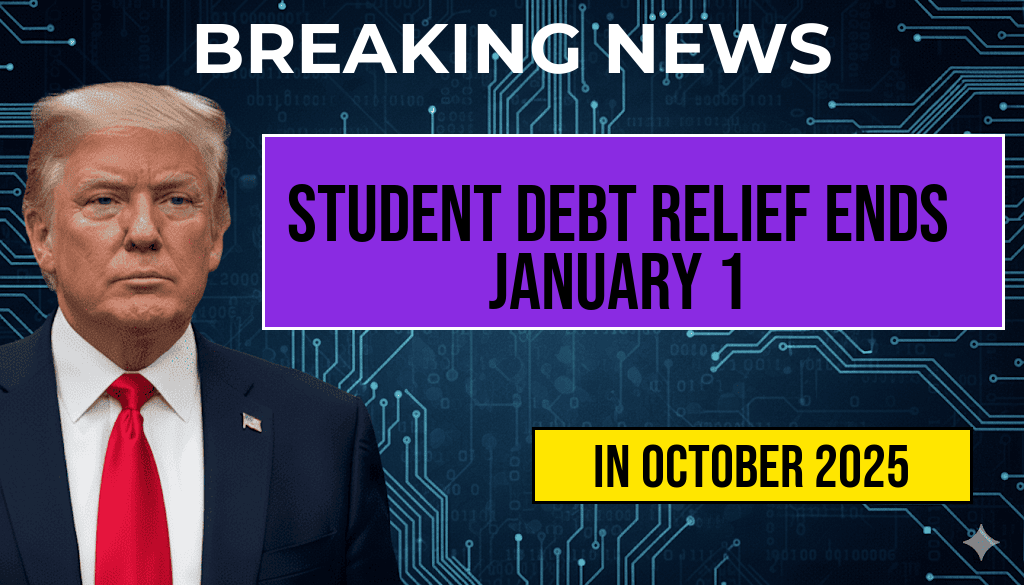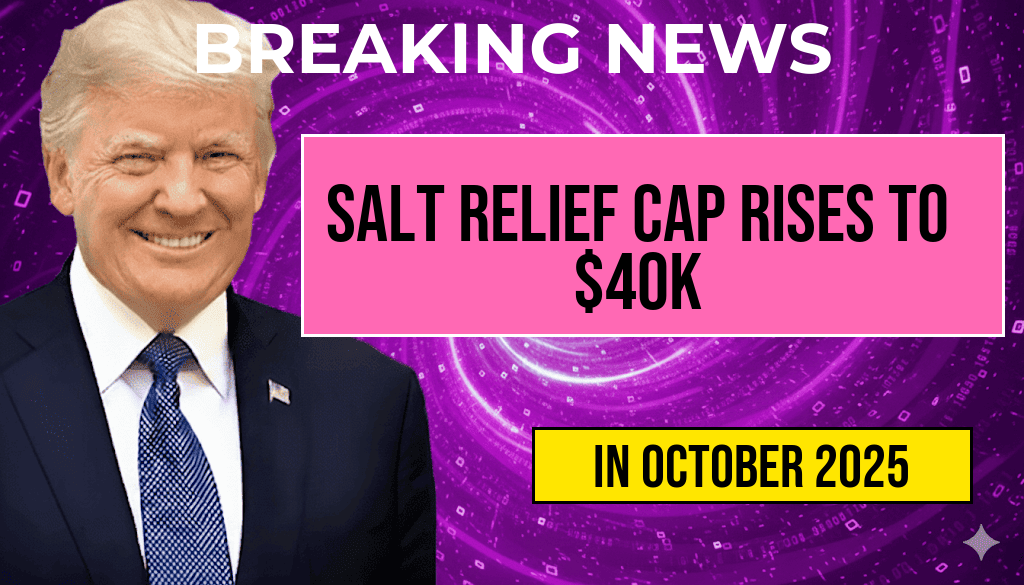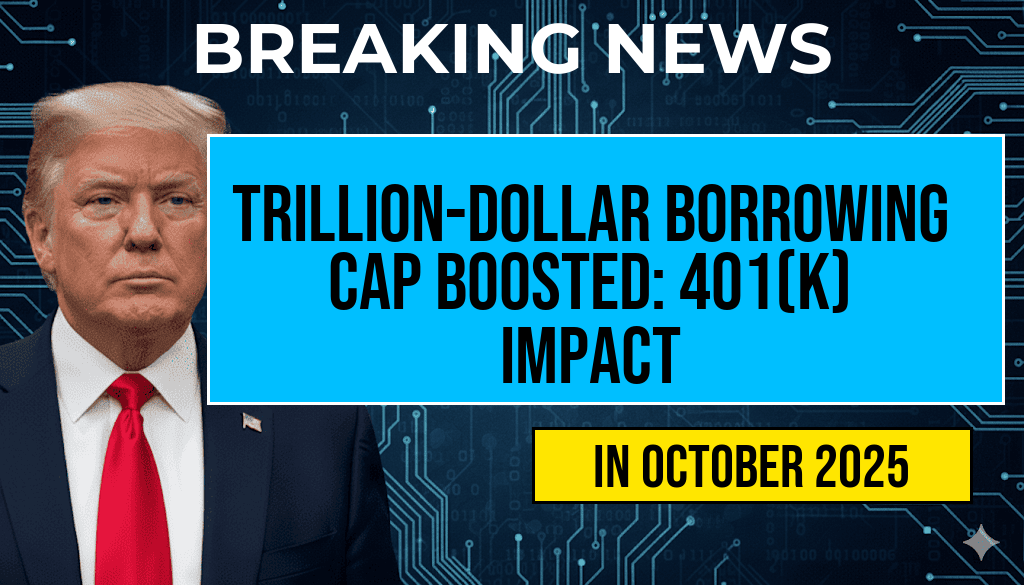Starting January 1, 2024, millions of Americans who benefited from the recent student debt relief program will face a new reality when it comes to their tax returns. The Biden administration’s student debt cancellation initiative, which offered up to $20,000 in relief for eligible borrowers, is set to expire, and with it, the tax implications associated with the forgiven debt. Previously, borrowers who received debt forgiveness under certain conditions could have faced unexpected tax liabilities. However, the American Rescue Plan Act temporarily excluded student debt cancellation from taxable income, providing some relief for borrowers. As this provision sunsets at the start of the new year, many are now realizing that the anticipated $20,000 relief may come with a hidden cost—potentially increasing tax bills for some.
The End of Temporary Tax Relief on Student Debt Forgiveness
Background of the Student Debt Relief Program
In 2022, the federal government introduced a sweeping student debt cancellation plan aimed at alleviating the financial burdens faced by millions of borrowers. Under the program, those eligible could see up to $20,000 in student debt forgiven, depending on income levels and other criteria. The initiative was part of broader efforts to address the rising costs of higher education and improve economic stability for borrowers impacted by the COVID-19 pandemic.
The Role of the American Rescue Plan Act
To prevent borrowers from facing unexpected tax bills, the American Rescue Plan Act (ARPA), enacted in March 2021, included a provision that excluded any student debt forgiven between 2021 and 2025 from taxable income. This temporary measure was a significant relief, ensuring that millions of borrowers could benefit from debt cancellation without the worry of additional tax liabilities. However, this provision was explicitly temporary, and its expiration is now imminent.
Implications of the Expiration on Tax Season 2024
What Borrowers Need to Know
Beginning January 1, 2024, the exemption from taxable income for student debt forgiveness will no longer apply. Borrowers who received or will receive debt cancellation after this date may face a different tax situation, where the forgiven amount could be considered taxable income under federal law. This shift could significantly increase the tax bills for some, especially those who received the maximum relief of $20,000.
| Forgiven Amount | Taxable Income Impact | Estimated Federal Tax (Assuming 22% Rate) |
|---|---|---|
| $20,000 | $20,000 | $4,400 |
Who Will Be Most Affected?
- Low- and middle-income borrowers who relied on the debt relief to stabilize their finances.
- Recent graduates with significant student loan balances.
- Borrowers in higher tax brackets who could see a substantial increase in their tax liability.
Legal and Policy Perspectives
Debate Over Taxing Forgiven Student Debt
Critics argue that taxing forgiven student debt undermines the relief efforts, disproportionately impacting vulnerable populations. Consumer advocates warn that for many, the additional tax burden could negate the financial benefits of debt cancellation, especially when considering the rising cost of higher education and stagnant wages.
Government Position and Future Outlook
The Biden administration maintains that the debt forgiveness program was intended to provide critical relief and that the temporary tax exemption was a necessary measure. However, with the expiration of the ARPA provision, policymakers are now divided on whether to extend the exemption or implement alternative relief strategies. Some lawmakers have called for legislative action to prevent a tax hike on borrowers, while others emphasize the need for broader student loan reform.
Advice for Borrowers Preparing for Tax Season
Borrowers who received or expect to receive student debt forgiveness in 2024 should consult with tax professionals to understand their potential liabilities. Keeping detailed records of the forgiven amounts and any communications from loan servicers can help ensure accurate reporting and compliance with IRS guidelines. Additionally, exploring options for deductions or credits related to education expenses may offset some of the increased tax burden.
Resources for Assistance
- IRS Topic No. 456: Student Loan Debt
- Federal Student Aid: Loan Forgiveness and Cancellation
- Wikipedia: Student Debt in the United States
Frequently Asked Questions
When does the student debt forgiveness relief expire?
The $20,000 student debt forgiveness relief will expire starting January 1, meaning borrowers will no longer be able to exclude canceled debt from their taxable income after this date.
How will the expiration of the relief affect my tax return?
After January 1, if you receive student debt forgiveness, the canceled amount may be considered taxable income. This could result in a higher tax bill unless new relief measures are introduced.
What should I do to prepare for the end of the relief?
It’s advisable to consult a tax professional and review your student debt forgiveness plans. Be prepared for the possibility of increased tax liabilities in the upcoming tax year.
Will there be any new relief measures after January 1?
Currently, there are no announced alternative relief measures. Borrowers should stay informed about potential updates or new policies that might impact student debt cancellation and taxation.
How can I minimize the tax impact of student debt forgiveness?
You can consider strategies such as contributing to tax-advantaged accounts or planning your finances with the help of a tax advisor to manage potential tax liabilities effectively.






